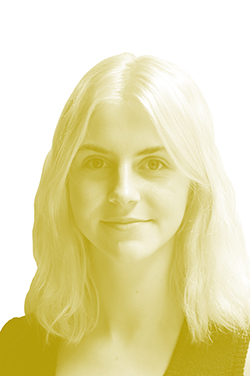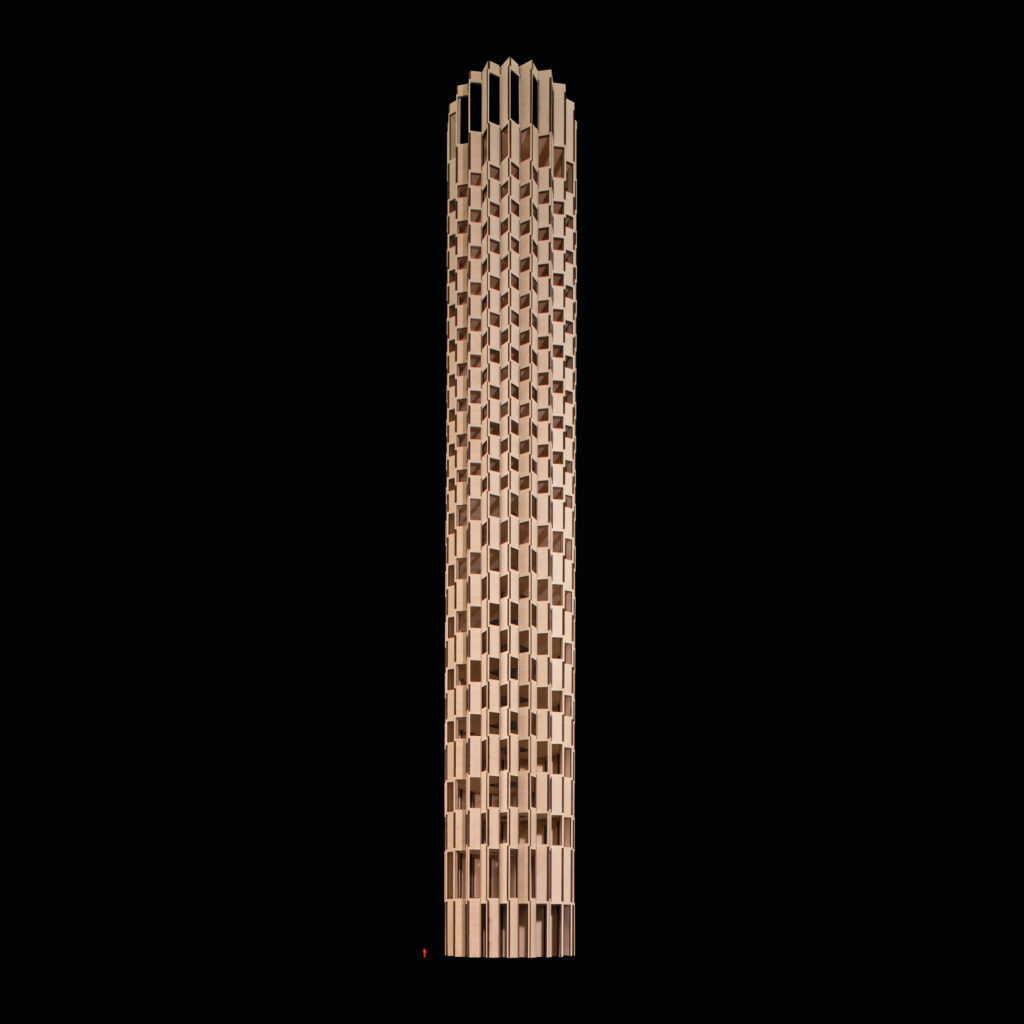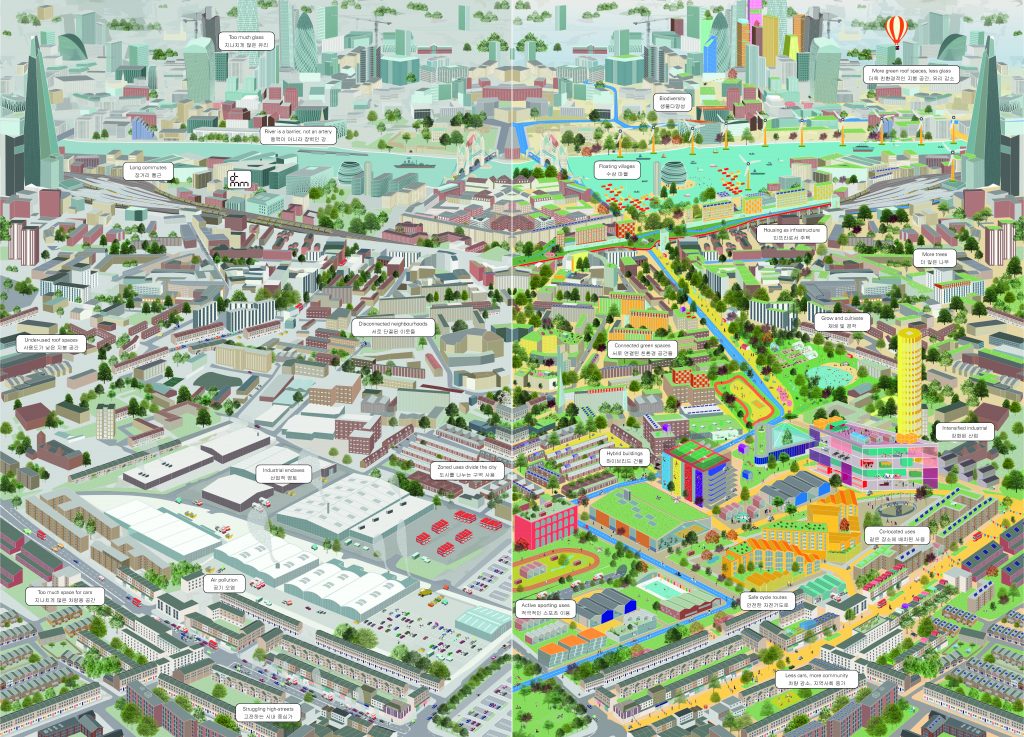For International Women’s Day 2022 we are releasing a special edition of our book review series in which members of the dRMM team share a publication that has allowed them to evolve either their thinking or their approach to architectural practice.
The theme for this year’s International Women’s Day is #BreakTheBias. This theme calls for a world that is free of gender bias, stereotypes and discrimination. In support of this, dRMM Architectural Assistant Abby Hopes shares how the book ‘Making Space: Women and the man-made environment’ (1984) by Matrix – a feminist architecture collective founded in the 1980s – has informed her interest in ensuring there is a place for gender equity in the built environment. Recently, the book featured in the exhibition ‘How We Live Now: Reimagining Spaces with Matrix Feminist Design Co-operative’ which ran at the Barbican centre from the 17th May to the 23rd December 2021.
A new edition of the book is being published for this year’s International Women’s Day, with a new introduction examining the context, process and legacy of Making Space written by leading feminists in architecture.











